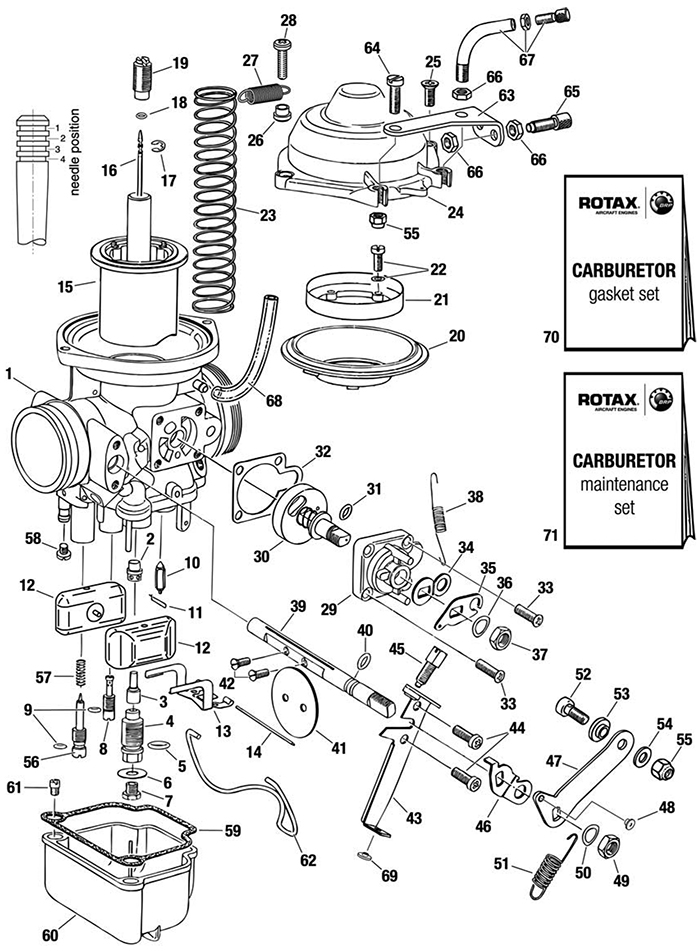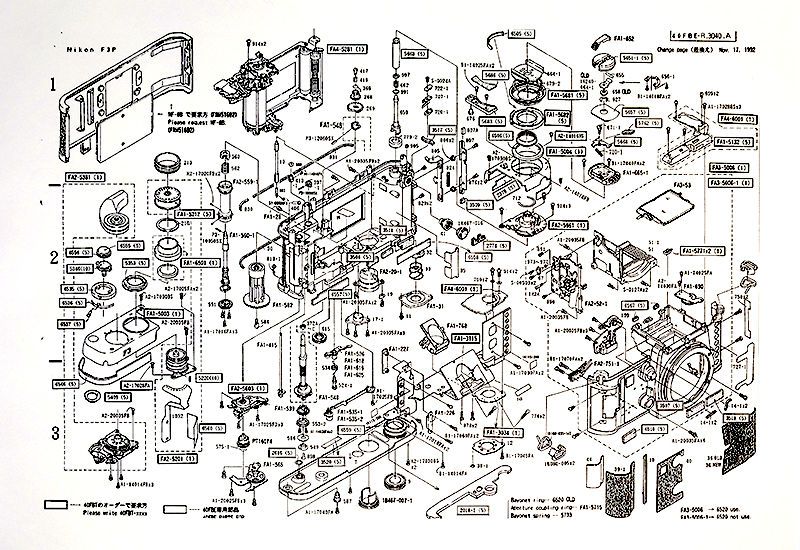Wild complexity allied with reliability.
Mechanical carburetors provided the right air/fuel mixture to internal combustion motors for most of the 20th century. With few exceptions, they are now obsolete, replaced by computer controlled fuel injection devices.
While not as complex as, say, a mechanical watch, these devices are nonetheless exercises in complexity that a Rube Goldberg could revel in.
My 1975 BMW motorcycle uses two Bing carburetors and every decade or so I have to dismantle these to replace worn or rotted rubber seals to ensure that the air/fuel ratio delivered to the combustion chambers of the horizontally opposed, air cooled twin motor is more or less correct. I say “more or less“ because the nature of the mechanical complexity of the device means that precision has to yield to accuracy. Approximately right beats completely wrong in this instance. The penalty for this approximation compared with modern fuel injection systems is maybe a couple of miles per gallon lost in fuel efficiency. The reward is the parts will remain available for the next century, whereas the fuel injection system’s computers will all be unavailable by then. You can read about Bing’s long history here.
Here’s an exploded diagram of a typical Bing mechanical carburetor:

Bing carb for a Rotax motor.
The late 1950s Leica M2, which I would argue was the best 35mm film rangefinder camera ever made, was even more complex, yet every bit as capable. Just like that Bing carb, disassembly, cleaning, lubrication, replacement of rubber parts and adjustment were simply rituals one put up with in exchange for using the best. You happily succumbed to these requirements in exchange for the sensual joy of using the finest analog machines invented by man:

Leica M2 parts diagram.
My M2 was sold many years ago when better digital cameras came along. The Bings, however, soldier on after over three decades in my care. And that’s because the BMW Airhead has yet to be improved upon.